What is Smart Home Environment Control?
Home Environment control is managing the temperature, humidity & airflow within your home. Smart home environment control adds smarts to these activities. What does this mean? It means you can turn on your AC before you get home & it means you can turn off your ceiling fan using your voice.
The Options – Smart Home Environment Control
Air Conditioning
Ducted, split system or window mount. If your AC is controllable via a remote or wall-mounted panel then there’s likely an option for you. Adding smarts to your AC enables a range of great features including voice control, automation & scheduling. In some cases, these devices may also save you money on your electricity bill, effectively paying for themselves (of this fact, I keep reminding my wife).
Remote Controlled
The simplest of these being remote-controlled ACs, to smart up these units all you need to is to purchase a smart AC controller, plug it into a power outlet nearby and log in. These devices are compatible with 1000s of different brands and devices; additionally, some even come with learning capabilities, which enable them to “learn” from the existing remote controls. Options Sensibo Sky or an IR controller like the Lenovo Smart IR Controller.
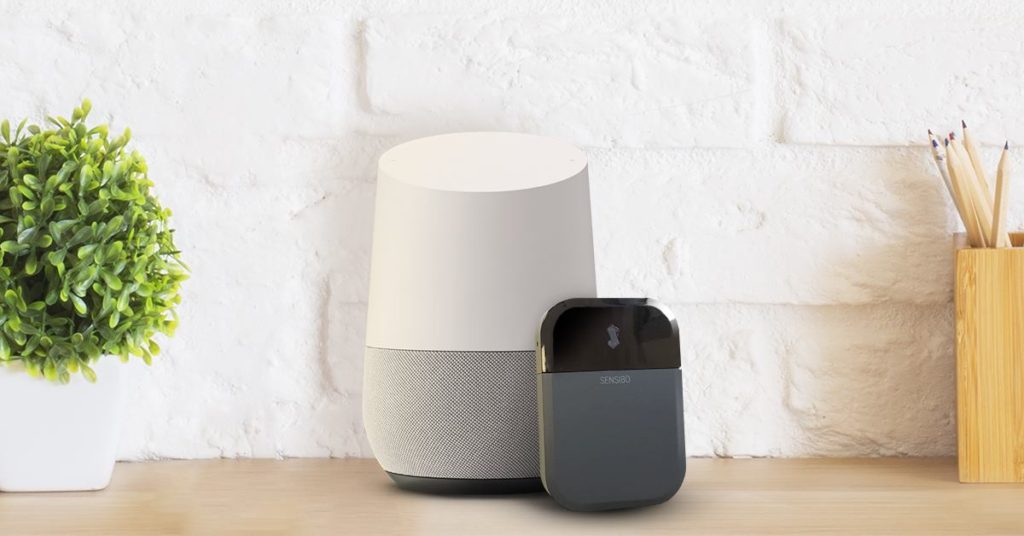
Wired Control Panels
Slightly more complicated, but still simple. These devices offer all the same smart home skills as their remote-controlled counterparts. They however, do so via wires rather than radio waves. Due to this fact, some countries may require a qualified installer to complete the installation. In which case, the installer/seller should also be able to advise on which brand/model is compatible with your AC.
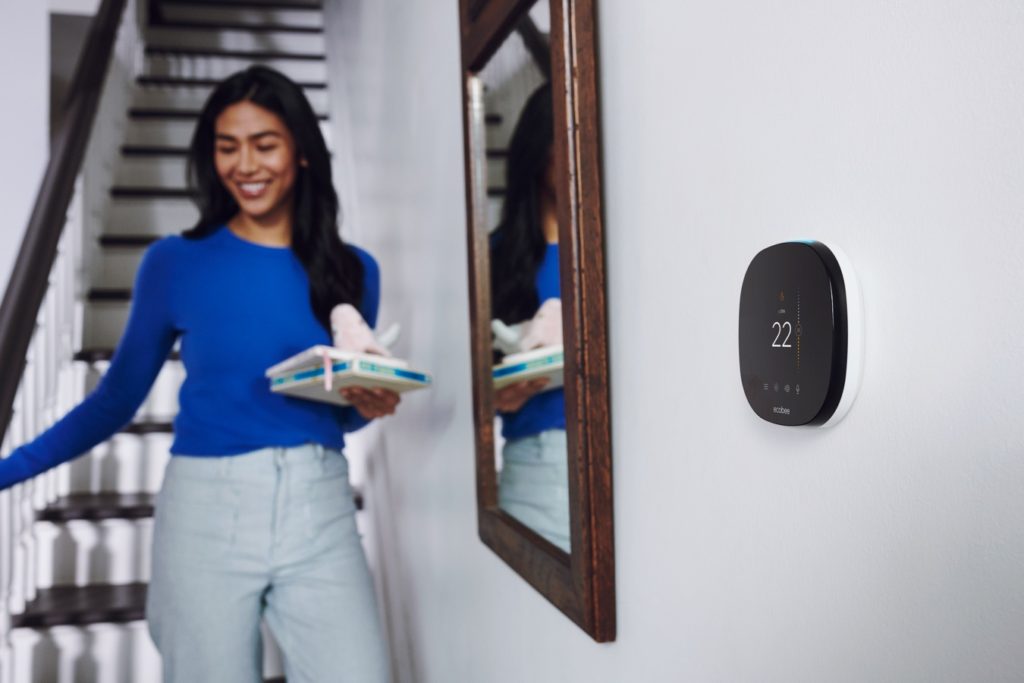
Fans
Sometimes all we need is a little more (or less) airflow around us to make our environment more comfortable. This is where fans shine. Add in smart features and you’ve got a winning combo.
Smart home fans (& fan controllers) allow you to turn your fan on/off & adjust its speed using your voice, an app & scheduling/automation.
Imagine: Okay Google, turn on the bedroom fan.
Ceiling Fans
When it comes to ceiling fans you’ve got two options: installing a smart fan (with smarts built-in, something like the Brilliant Smart Fan) or adding a smart fan controller that is capable of controlling your fan.
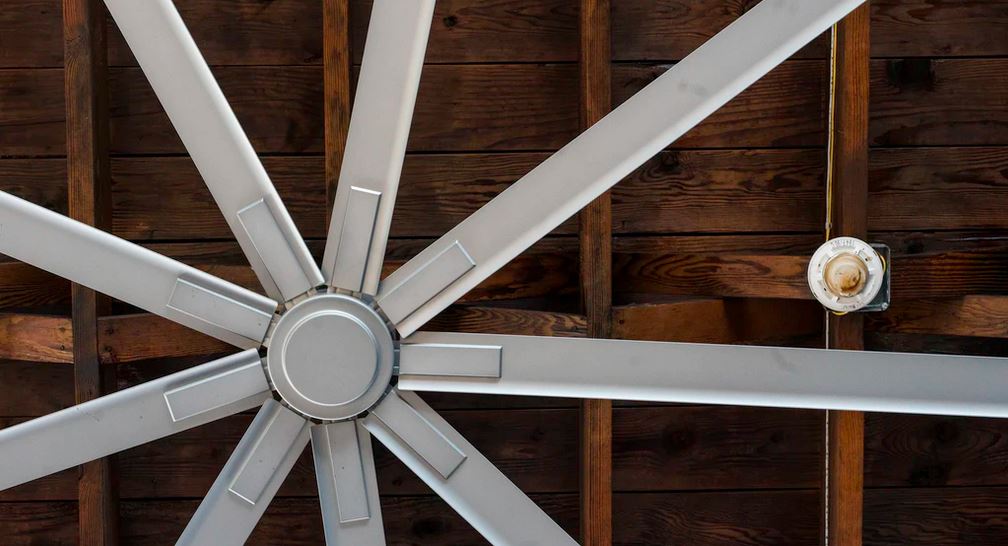
If you’ve got an existing fan, I’d suggest using an in-wall smart controller (e.g. Brilliant Smart Ceiling Fan Controller) which replaces or sits behind the fan’s existing wall switch. This option may require a qualified installer.
If your current fan has a remote, you may have another option. This option is to get a smart controller which can control your fan using IR or RF – in the same was as your remote does. (e.g. Lenovo Smart IR Controller)
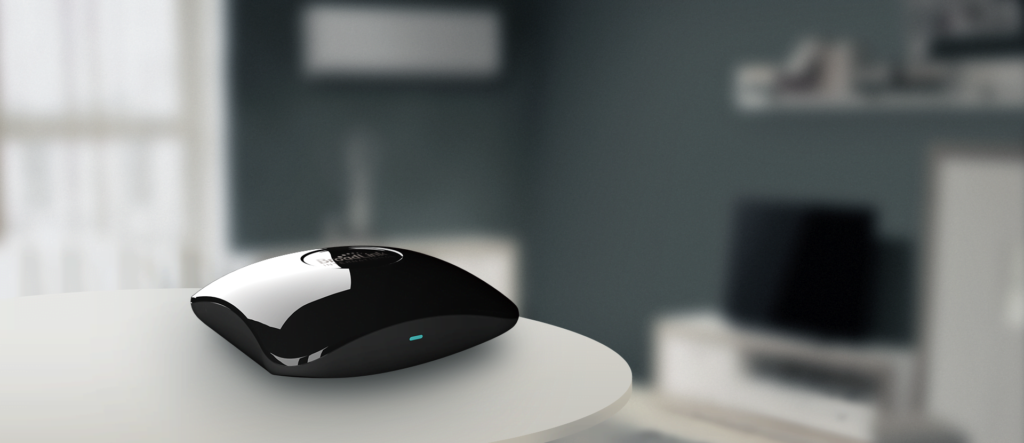
The only downside to this option is that your wall switch must always remain on. (More on this downside here)
Other Fans
For non-inbuilt fans, (desk fans, pedestal fans & similar), you again have two options: buy a smart fan, or add smarts to an existing fan by using a smart plug.
Neither of these options require a professional installer, just buy your device, plug it in, configure and go.
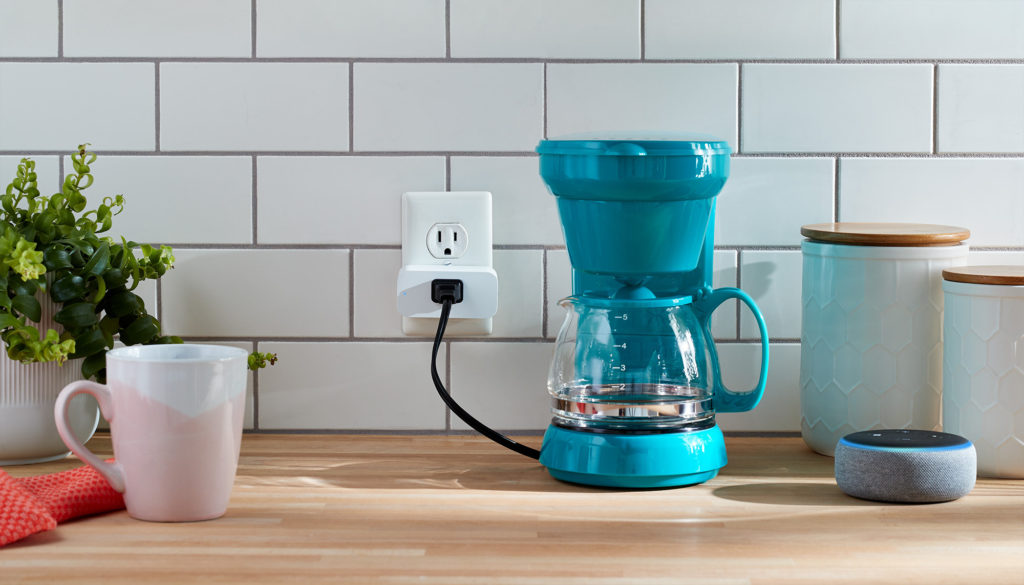
Smart plugs, just behind smart blubs, are one of the most common smart home products. The options are many & the choice…exhausting, though most offer the same functionality, so don’t stress too much.
Some I’ve tried are:
- Aeotec Z-wave Smart Switch 7 (requires a z-wave hub)
- My Dlink Wifi smart Plug
- TPLink’s Range of Smart Plugs
Smart Home Environment Control – Extras
The above will allow you to control your AC & fans with your voice/app, & if that’s all you’re after, then great. If you’re interested in more, then there is much more.
These systems can allow you to:
- Have your AC automatically turn on when the inside temperature exceeds a set temperature.
- Automating your windows & window coverings is an environmentally friendly way to control your home’s environment. Currently, I have my homes sun-facing blinds automatically close when the outside temperature exceeds 35C (95F).
If you’d like to know more about any of these options or any others let me know in the comments or on social media. Or if you want to know more about smart homes, check out these other posts.

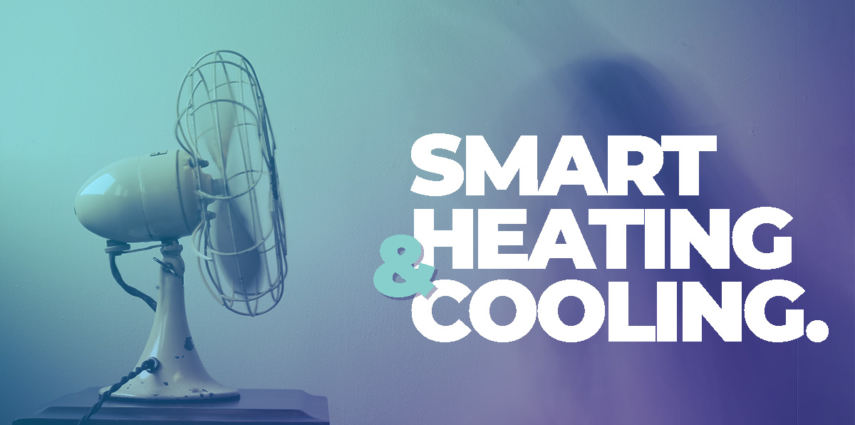
Comment (1)
Comments are closed.